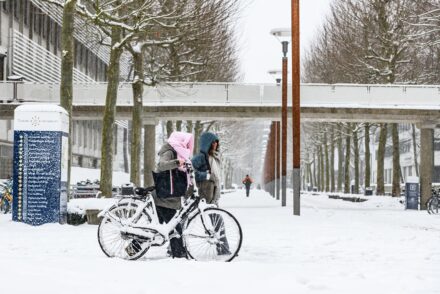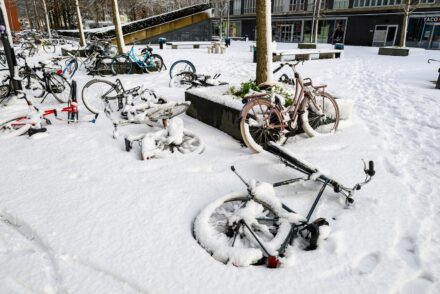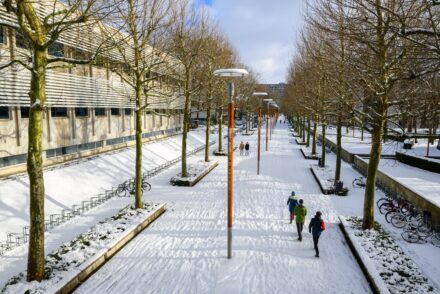Why human trafficking is a thriving industry in Eritrea
Tilburg University professor Mirjam van Reisen has spent many years researching the human trafficking of refugees from Eritrea. In her new book, Van Reisen uncovers the complex organizational structure behind the trade in Eritrean refugees.
The book, titled ‘Human Trafficking in the Digital Era: The Ongoing Tragedy of the Trade in Refugees from Eritrea’, is the result of five years of extensive research. Co-authored by Zimbabwean anthropologist Munyaradzi Mawere, the book sheds new light on the thriving industry of human trafficking for ransom – and on the involvement of the Eritrean government.
Well-organized industry
In Eritrea, thousands of people illegally leave the country each month in an attempt to escape poverty, persecution and the prospect of potentially indefinite military service. Many of these refugees fall victim to human traffickers. As they are being held for ransom, they are subjected to severe torture and extreme sexual violence to pressure family members into transferring money.
While doing research for the new book, Van Reisen and her team discovered that the trade in Eritrean refugees is a surprisingly organized industry. “Because victims are generally passed around from location to location and from one trafficker to the next, we always assumed that these traffickers acted as individual ‘links’ in the human trafficking chain”, she explains. “But we discovered that there is a higher organizational structure at play, which holds this chain together. The trade in Eritrean refugees seems to be far more well-organized, well-structured and well-coordinated than we ever could have imagined.”
The book explores the ways in which modern technologies such as mobile money and mobile phones have allowed the trade in Eritrean refugees to grow into a lucrative international enterprise. Van Reisen gives an example: “Mobile phones are used by traffickers to extort the families of hostages. While a hostage is being tortured, a phone call is made to family members so that they can listen to the screams.”
Big fish
Laying bare a complex criminal network, Van Reisen’s findings suggest the involvement of the Eritrean authorities in the human trafficking of their own people. “With the knowledge that we have today, we can conclude that it is vital to further investigate the regime’s involvement”, Van Reissen says. “Victims not only suffer from the physical and mental traumas they have endured, but also from the lack of accountability for those traumas. Europol recently reported that it made a large number of arrests, but it is not enough to go after small fish – they are easy to catch, and easy to replace.” In order to go after the big fish effectively, Van Reisen adds, it is necessary to understand who those big fish are and how they operate. “With our book, we hope to contribute to a deeper understanding of the organizational structure behind the trafficking of Eritrean refugees.”
Do you want to know more? Read our extensive interview with Mirjam van Reisen in the 11th edition of Univers magazine.







